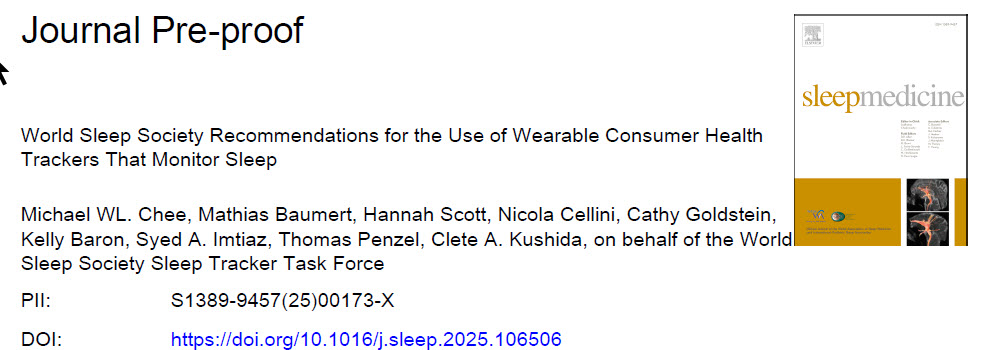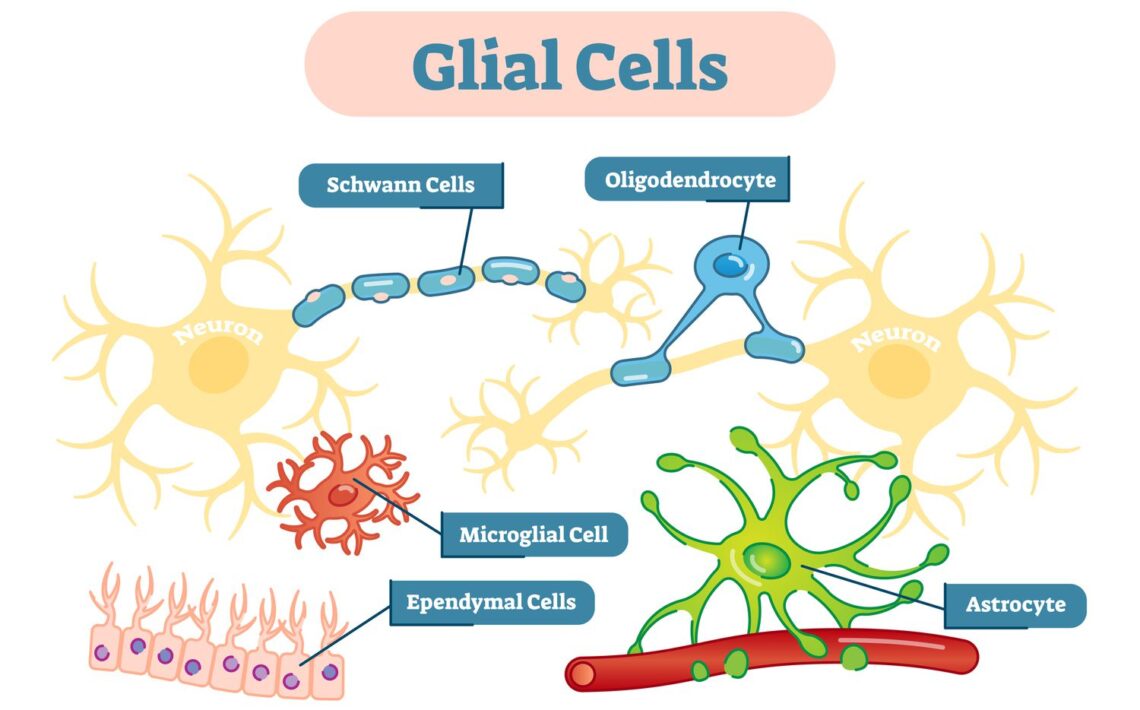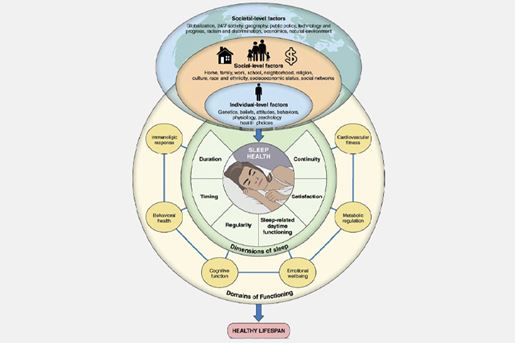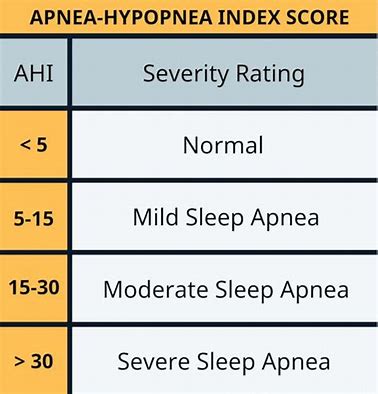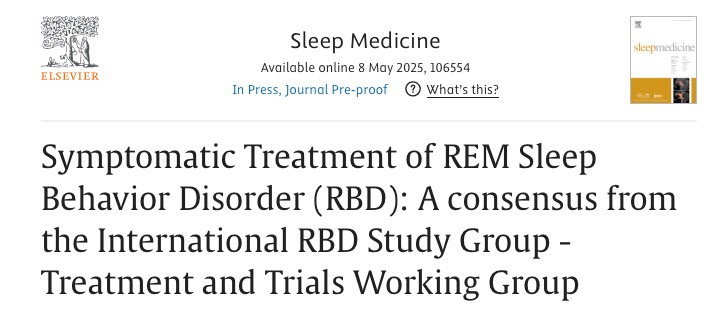

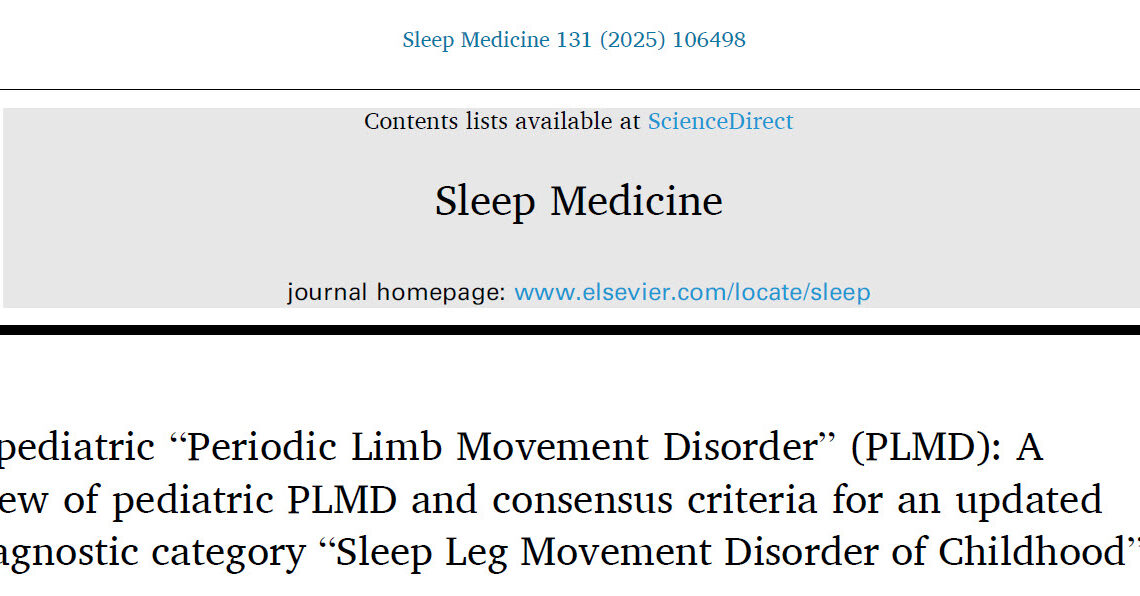
PLMD vs. SLMDC – Key Differences Feature PLMD (Periodic Limb Movement Disorder) SLMDC (Sleep Leg Movement Disorder of Childhood) Focus Repetitive, periodic leg movements during sleep Broader spectrum of leg movements (includes non-periodic) Index Used PLMS Index (Periodic LM ≥5/hr in children) Total LMS Index […]





